If you’ve ever bought a festival or band t-shirt or a handmade printed cushion or tote bag, you may well already own a screen-printed item without realising it! Custom screen printing is very popular nowadays yet most people know very little about it. Here’s everything you need to know to get you up to speed on the art of screen printing and how to do it yourself…

Screen printing is a process during which ink is pushed through a stencil in order to create an image. I studied it at A-level and it was one of my favourite forms of art. The concept is very popular for creating custom t-shirts but can also be used for other custom-made items – anything made from fabric really. It is a fun and relaxing hobby, and I suggest you try it yourself.
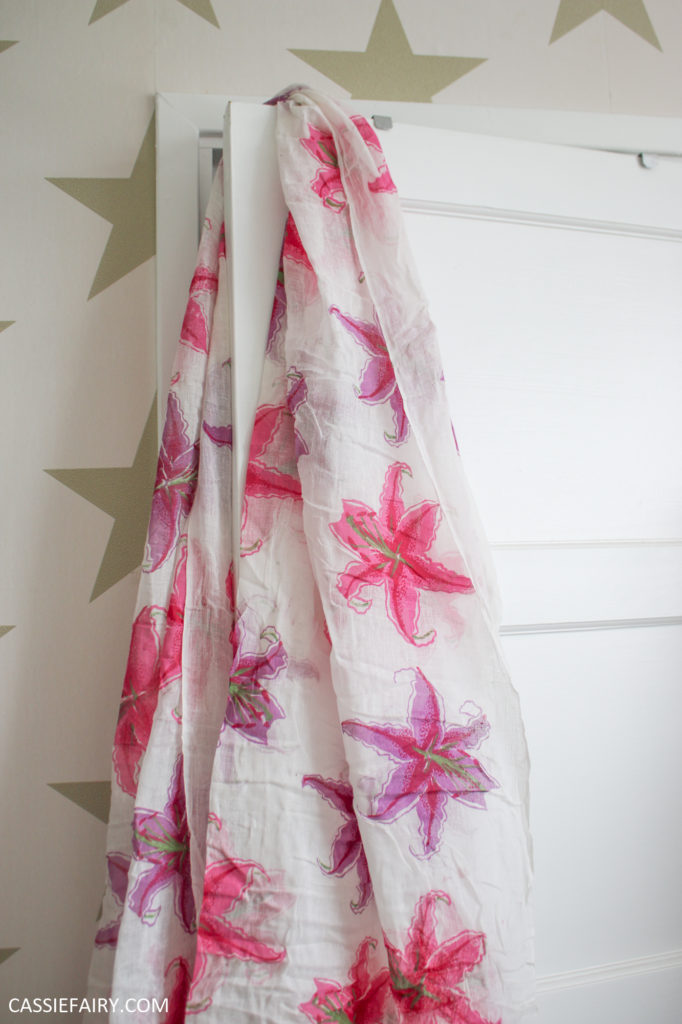
It’s a fool-proof process as the ink will only appear where there is a space in the stencil, and the screen can be used over and over again. Keep in mind that only one colour can be printed at one time, which can make it a bit tedious if you’re looking for intricate designs with multiple colours.
HISTORY OF SCREEN PRINTING
Screen printing is nothing new. In fact, there are some clues telling us that it might’ve been present during Chinese Song Dynasty (from 10th century to 13th century). Of course, it was nothing like it is today. Some historians even point to ancient Egypt as the source of screen printing, but this is a bit of a stretch as there isn’t enough material evidence to back up this theory.
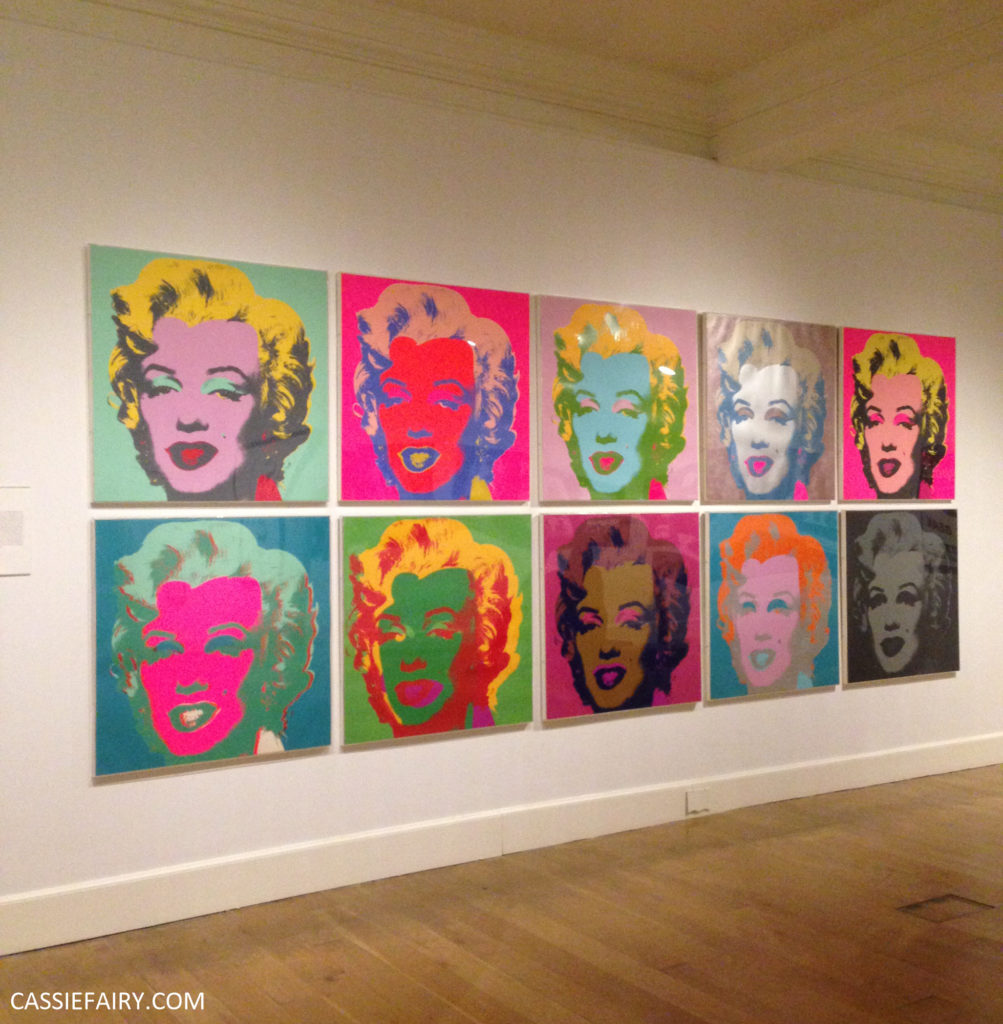
One thing that all the historians seem to agree on is the fact screen printing was first introduced to Europe in 18th century. Even then, it took a while before the technique gained popularity. Initially, it was used for decoration and interior architecture. Seeing its amazing potential, advertising companies started using it during 19th century and artists like Andy Warhol used it to create his repeat prints.
MAIN ELEMENTS OF SCREEN PRINTING
Screen printing relies on layers, as each screen can only hold only one colour. This means making two or more screens depending on how many colours you want to include in your design. This process has become simpler in recent years as artists can now rely on computer software to make the whole process easier and divide an image into layers of colour. Corel Draw is especially popular nowadays but there are other programs that can help you as well.
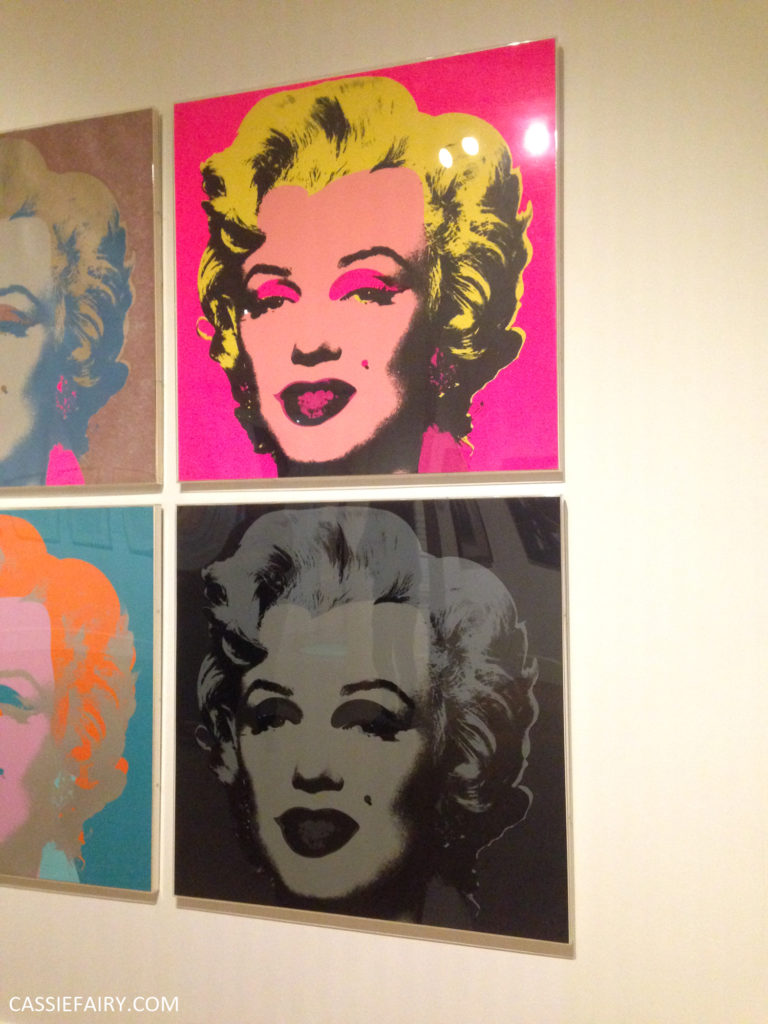
If you’re going to use a computer program to create the layers for your screens, always save your work in vectors. They are much easier to work with as vectors aren’t affected by change of size; this will be very important if you want to scale up your work to print larger images and still get a crisp, neat edge to the print.
WHAT ARE THE BEST FABRICS FOR SCREEN PRINTING?
When it comes to screen printing, natural fabrics are a much better option to get a neat finish. The fibres react well when you add various liquids to them which means that a print will last for a longer time without shedding. Cotton is usually the safest bet. 100% cotton is recommended but you can also go for a mixture with polyester.
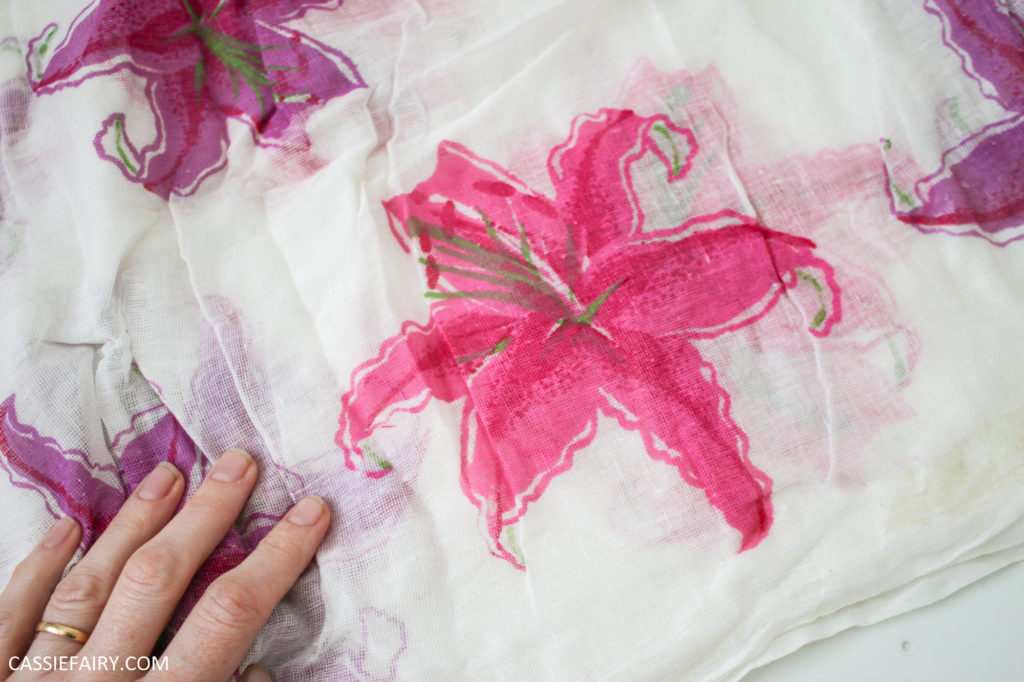
Another important thing to consider is the thickness and weight of the material. Even if you don’t want to go with cotton, you have to keep in mind that heavier materials are much better for “keeping” the colour. Of course, there are also certain fabrics that should never be used such as silk as the screen may slip and the ink might not adhere as well as on a cotton fabric.

Screen printing is such a fun process and it allows us to experiment with our clothing by adding designs or text to upcycled tees. We can also use this technique to create amazing pieces of art. Let me know if you’ve ever screen-printed and how you found it in the comments below 🙂
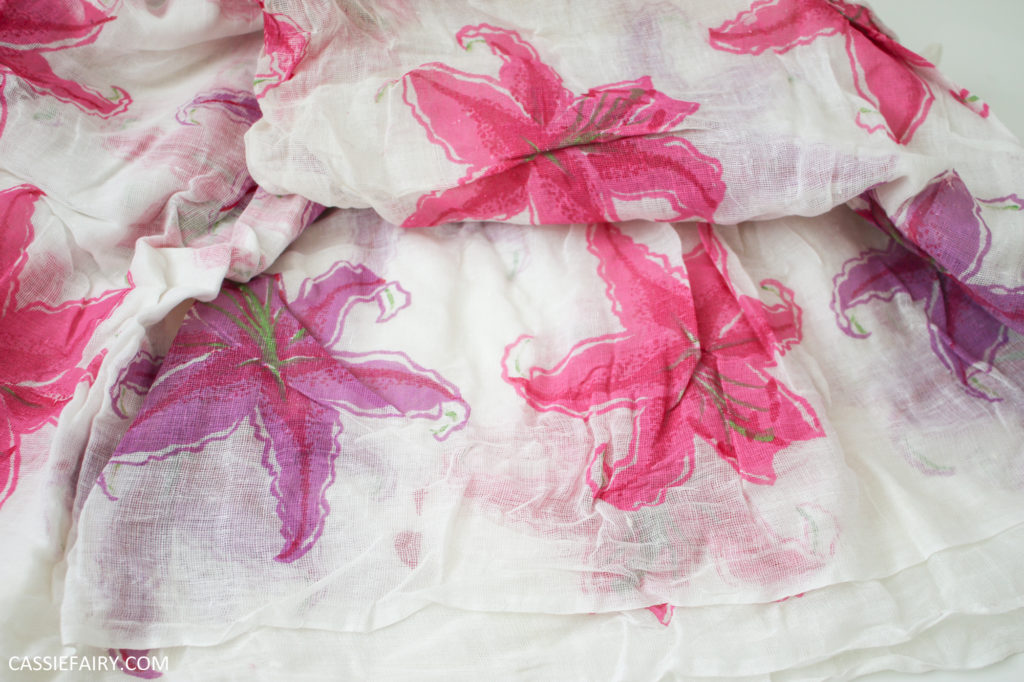
This blog post is an advertisement feature that has been written in collaboration with a sponsor. The pink links in this post indicate a sponsored link 🙂







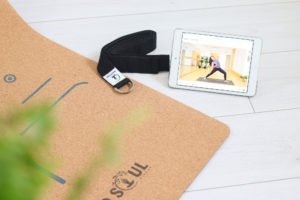










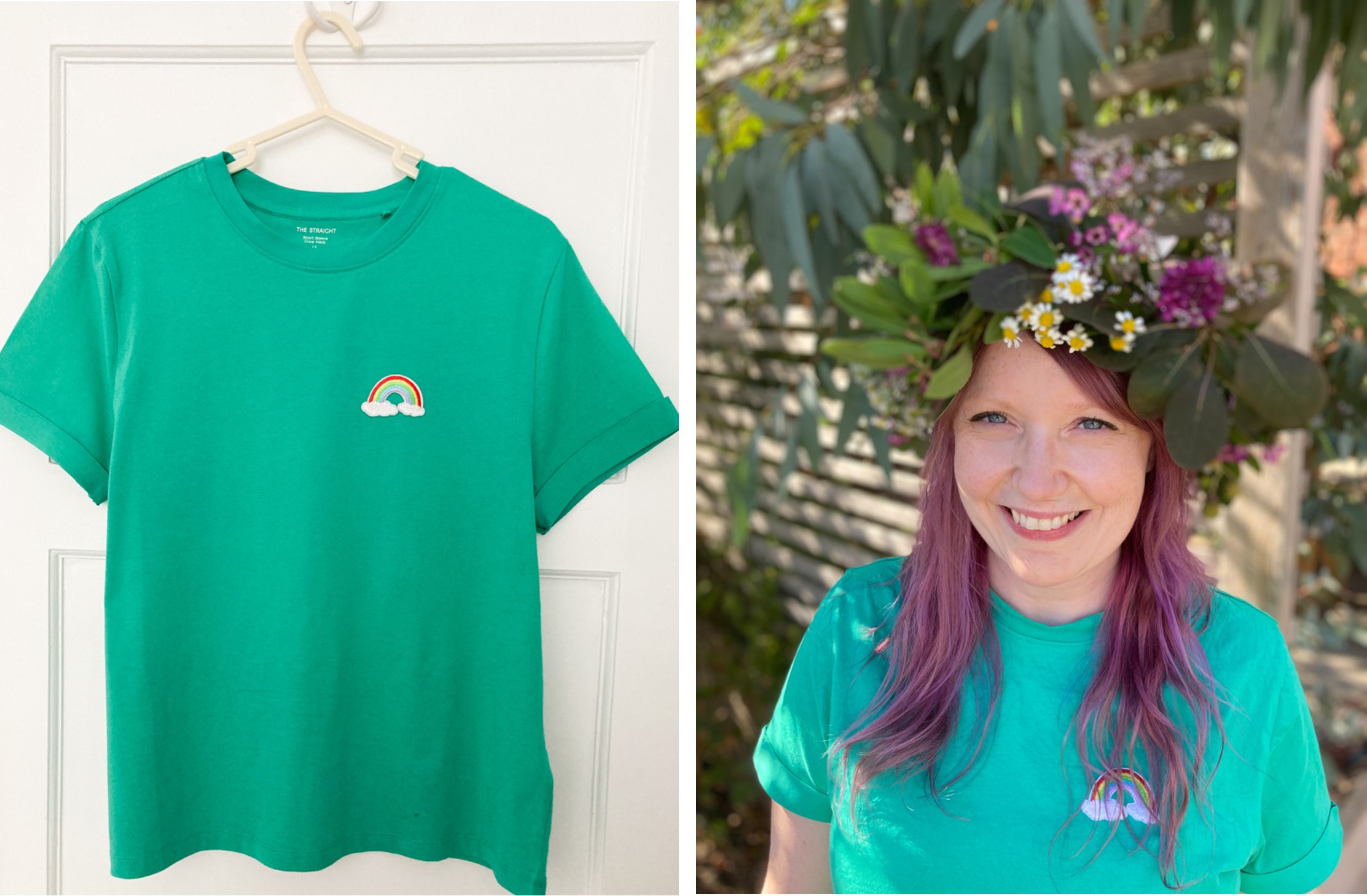

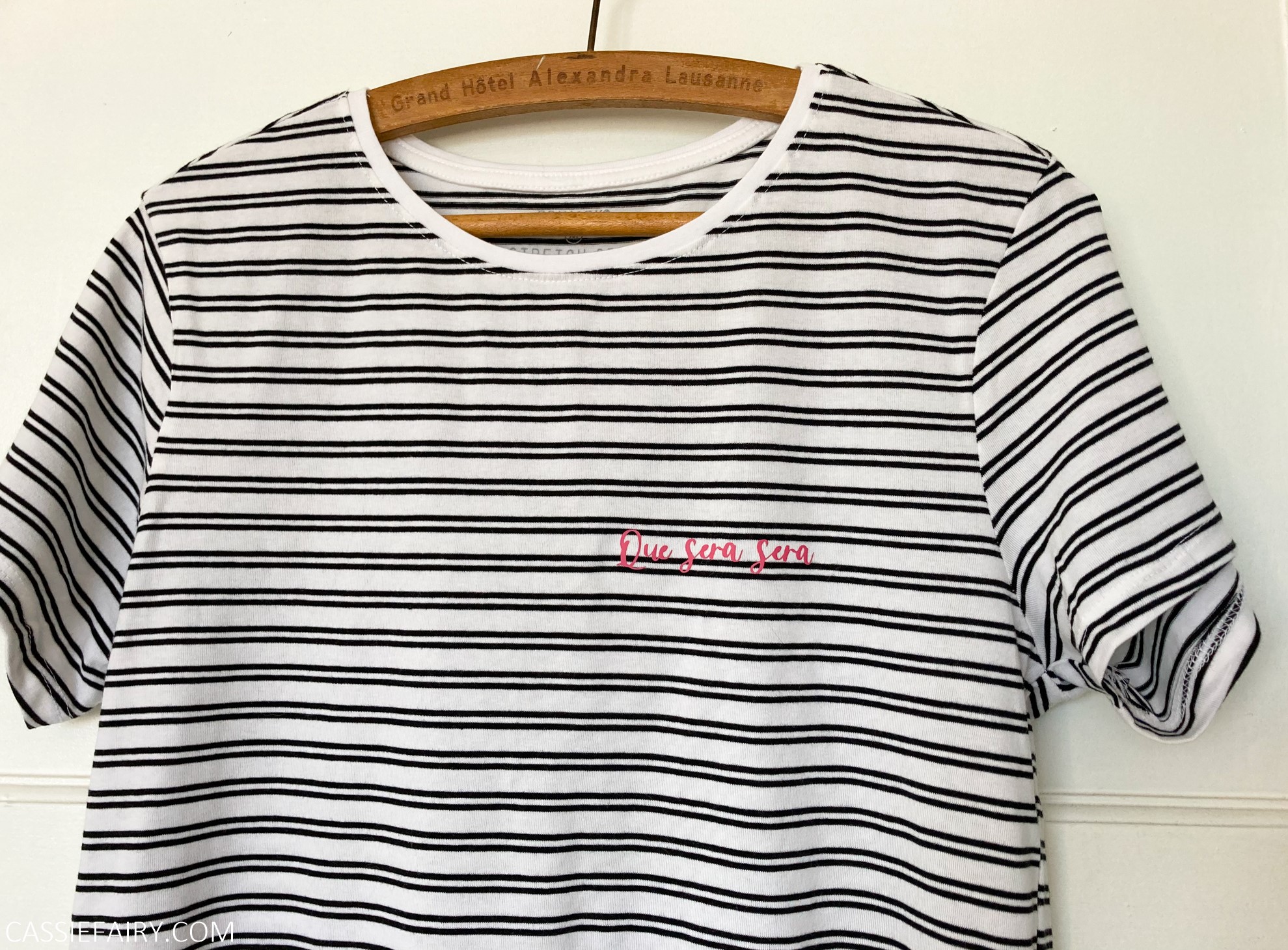
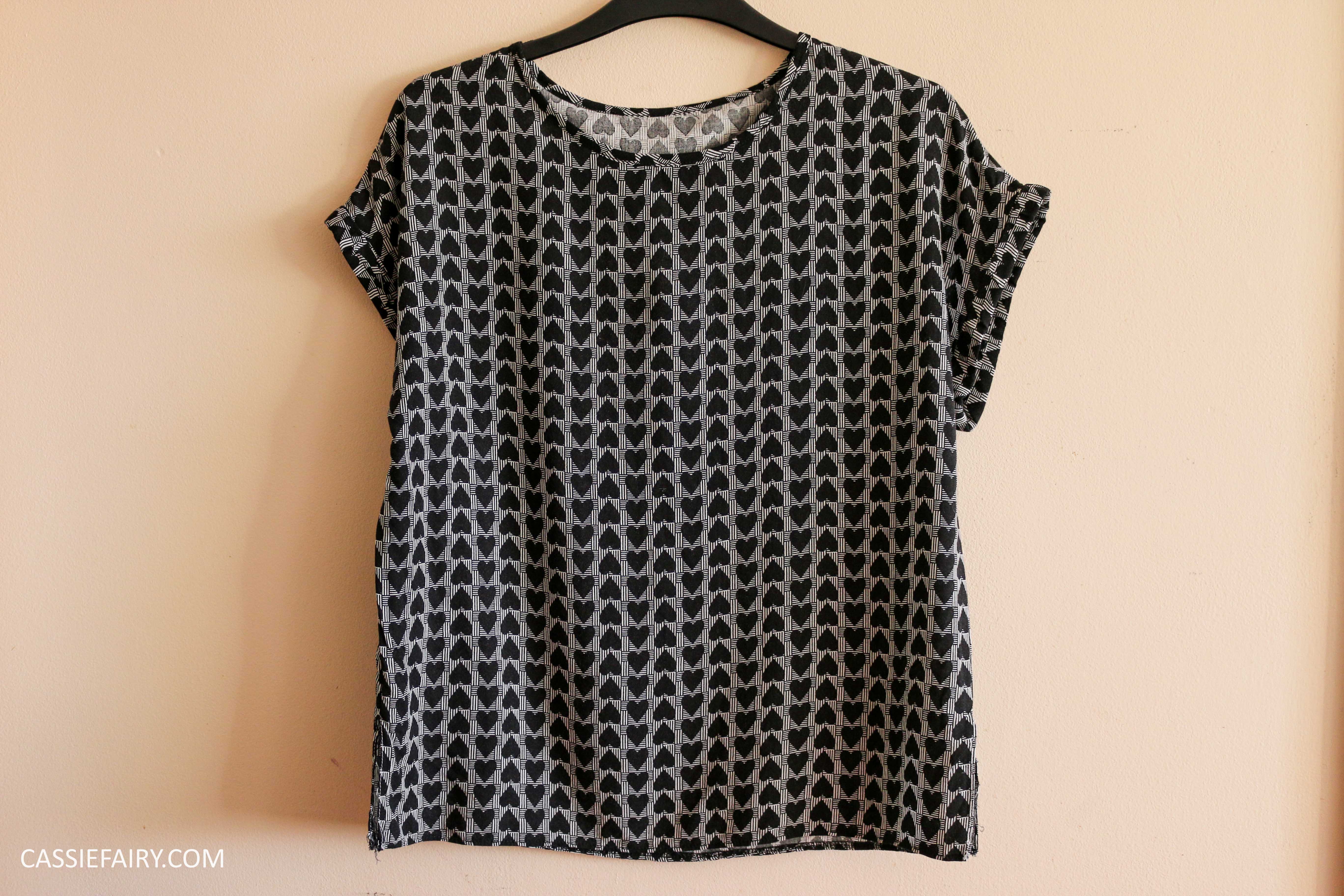

One Response
Prints on fabrics have always been an amazing factor and something each of us have wondered on how it gets done. Than you Cassifairy for giving us this much elaborate article on how screen printing works on fabric and also instructions on how it can be customized according to the needs and likes of an individual.